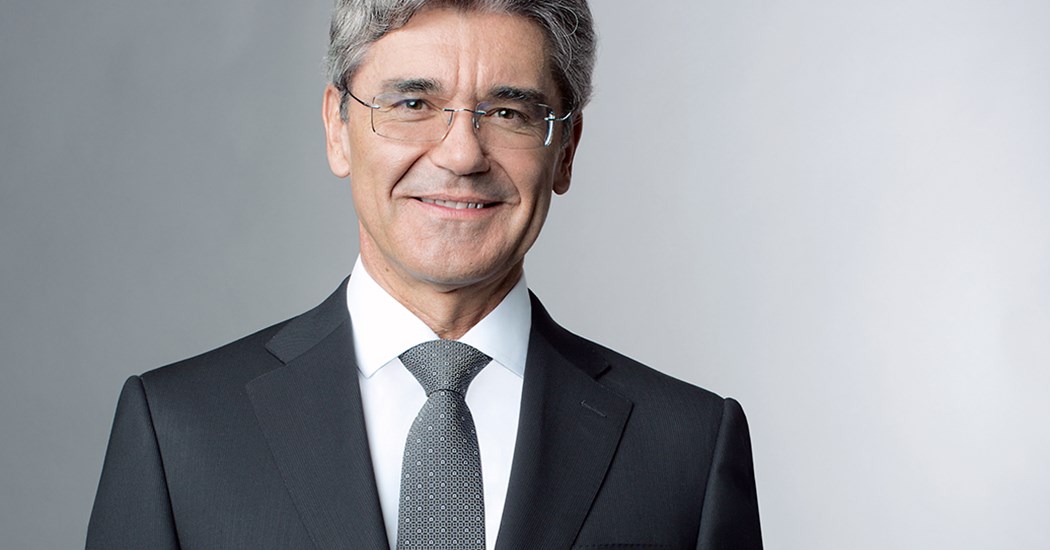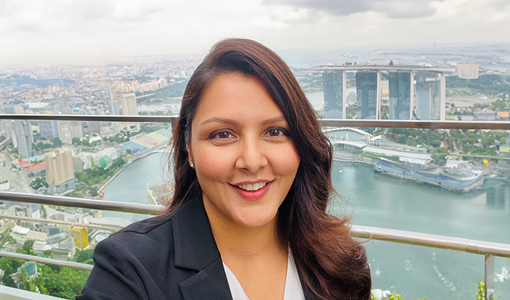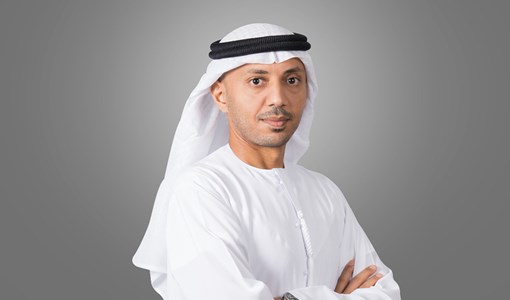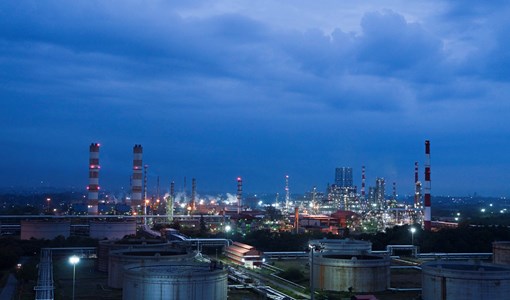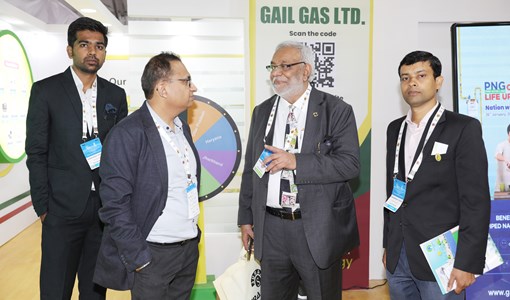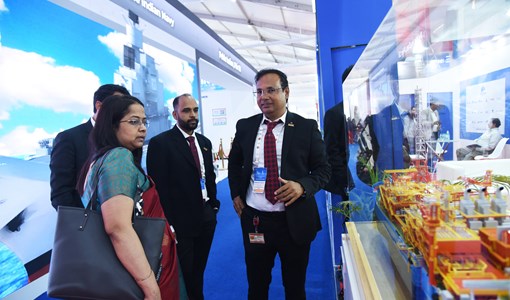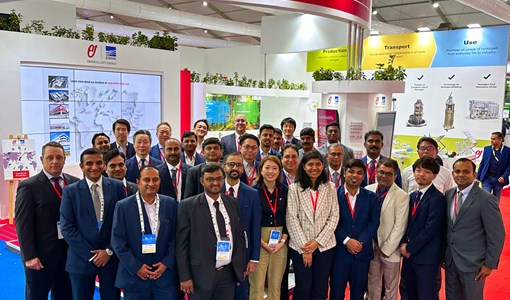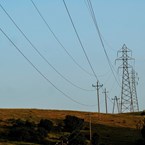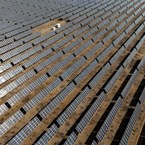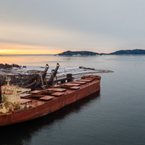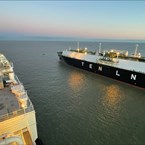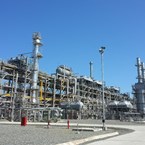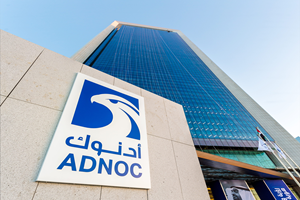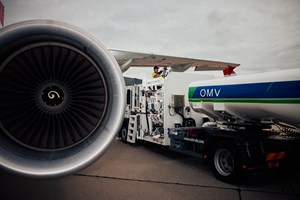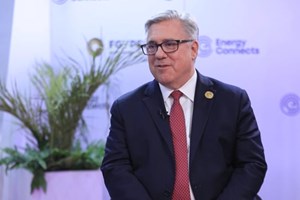Securing supplies, digitalisation and making energy greener
Joe Kaeser, President and CEO of Siemens AG, speaks to Pipeline Magazine’s Julian Walker about how his company has identified four themes to provide energy and protect the planet as the pace of the industry’s change is set to accelerate with his company one of those at the forefront of innovation
How is the relationship between technology and energy evolving?
The energy industry is becoming increasingly digitalised, shifting the space where technological breakthroughs occur from drillings rigs to battery cells and data centres. Over the past decade, the greatest disruptor in the energy industry has been the unlocking of vast shale oil and gas reserves in the U.S. But the next revolution won’t be in fossil fuel extraction; it will be in the energy transition. Global demand for energy will continue to increase tremendously while at the same time we need to tackle the challenges of climate change and massive reduction of CO2 emissions.
The pace of change is expected to even accelerate as we move deeper into the smart and decarbonised era, and many advances will hinge on the digitalisation of existing energy infrastructure and improving the way data is collected, analysed and used.
Has the industry been agile enough to adopt all the benefits of technologies?
Despite the consensus that new technology is needed, the industry remains strained. Oil and gas companies have endured boom and bust cycles in the past, but the latest downturn seems to be different. For the past five years, the industry has faced “lower for longer” forecasts for crude prices that have slashed the sector’s investment budgets, including crucial spending on technology. Some energy experts don’t see annual investment reaching the US$600 billion necessary to meet future oil demand through the next decade.
Such a shortfall would limit the broad deployment and development of promising technologies. Some producers are reluctant to allocate capital to projects that won’t show returns for years, even if they can improve efficiency, reduce emissions and lower costs. For companies that can afford the investment, concerns about sharing data and cybersecurity have fuelled tech conservatism. The slow pace of adoption, however, isn’t uniform and many in the industry, especially in the Middle East, are on the cutting edge of digitalisation and devote considerable resources to technology.
What are the most important developments in technology for oil and gas?
There are constant innovations in the oil and gas industry, from exploration and production to downstream projects aimed at squeezing maximum value from each barrel. Along this chain, some innovations are no-brainers, like switching out a half-century-old gas engine with a highly efficient and connected electric drive. Other disruptive technologies such as artificial intelligence, ‘digital twins’ and additive manufacturing are among the most important technological developments today. Siemens is at the forefront of introducing these solutions to the sector.
We developed 3D printing techniques to make gas turbine parts, and can quickly deliver components to customers when they need them while using up to two-thirds less material. Our software can create digital twins that allow oil and gas companies to design, test and train on new equipment and processes in a risk-free, digital environment.
And the potential of AI is no longer theoretical: reams of data from sensors are already being fed into AI-enabled controllers that predict and pre-empt critical failures, enhance safety and security, and constantly learn to optimise output.
What new strategies do you consider most important for the industry to embrace?
We’ve identified four broad themes that will help provide the power people and economies need while protecting the planet: securing energy supply, making energy greener, making digitalization happen and managing increasing complexity in the grid.
All four strategies must work in tandem to achieve this dual goal. Global consumption of oil, gas and electric power continues to grow, at varying rates, and the entire energy mix is needed to meet demand, from hydrocarbons to renewables. Decarbonising this energy is imperative to limit the effects of climate change. This can be partially achieved by using more gas in power generation, introducing hydrogen to the mix and expanding renewables.
Linking assets using the Internet of Things, from remote pumps along pipelines to equipment in refineries, will generate the data needed to maximise efficiency. And finally, making power grids smart will help accommodate more renewable energy and reduce transmission losses.
If we embrace these strategies, we can help foster economic prosperity, serve society and protect the environment. Siemens has proposed a major project to rebuild Iraq’s power sector.
Have you started work, and when will the 11-gigawatt expansion to the grid be completed?
Modernising the country’s energy infrastructure is intended to be completed in stages. We started with immediate improvement for up to 300,000 people. We have already implemented the first items of the first phase, and boosted power generation capacity by more than 700 megawatts.
And we are excited that the first unit of a new technology that can enhance power generation from existing assets without using extra fuel or building new plants is already running and generating an additional 36 megawatts from just one F-class gas turbine in Rumaila.
This system can be installed without interrupting power supply and has the potential of adding almost 800 megawatts of capacity if we reach an agreement to implement the technology across Iraq’s electric grid. The pace of our work is set by the Iraqi government. Once all measures of the first phase are implemented, the capacity increase will reach 2 gigawatts. That’s enough electricity to power 3 million homes. We also agreed to rebuild a 1.6 gigawatt power plant in Baiji, which will serve areas liberated from Islamic State militants.
The next phases of the roadmap are part of the longer-term project that will require 24 to 36 months to complete once we reach a final agreement to begin that work. We will assist Iraq’s government to secure appropriate finance packages from international commercial banks, Export Credit Agencies and support from the German government.
It’s also important to mention that we have started hiring the first 100 engineers to expand our local footprint. Bottom line, I am proud that we as Siemens already proved in phase one of the roadmap that we have the capability and the resources to not only make but keep our promises. We are encouraged by our partnership with the ministry of electricity and others, and are eager to execute the projects in what remains a complex environment.
KEEPING THE ENERGY INDUSTRY CONNECTED
Subscribe to our newsletter and get the best of Energy Connects directly to your inbox each week.
By subscribing, you agree to the processing of your personal data by dmg events as described in the Privacy Policy.

Energy Workforce helps bridge the gender gap in the industry
Mar 08, 2024
EGYPES Climatech champion on a mission to combat climate change
Mar 04, 2024
Fertiglobe’s sustainability journey
Feb 29, 2024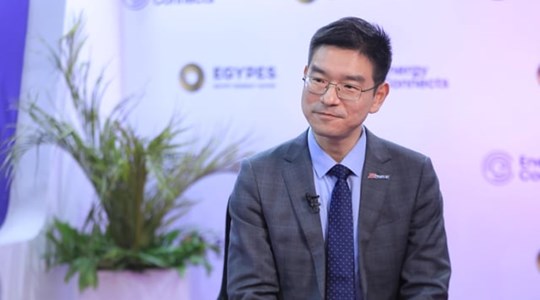
Neway sees strong growth in Africa
Feb 27, 2024
P&O Maritime Logistics pushing for greater decarbonisation
Feb 27, 2024
India’s energy sector presents lucrative opportunities for global companies
Jan 31, 2024
Oil India charts the course to ambitious energy growth
Jan 25, 2024
Maritime sector is stepping up to the challenges of decarbonisation
Jan 08, 2024
COP28: turning transition challenges into clean energy opportunities
Dec 08, 2023
Why 2030 is a pivotal year in the race to net zero
Oct 26, 2023Partner content

Ebara Elliott Energy offers a range of products for a sustainable energy economy

Essar outlines how its CBM contribution is bolstering for India’s energy landscape

Positioning petrochemicals market in the emerging circular economy

Navigating markets and creating significant regional opportunities with Spectrum


